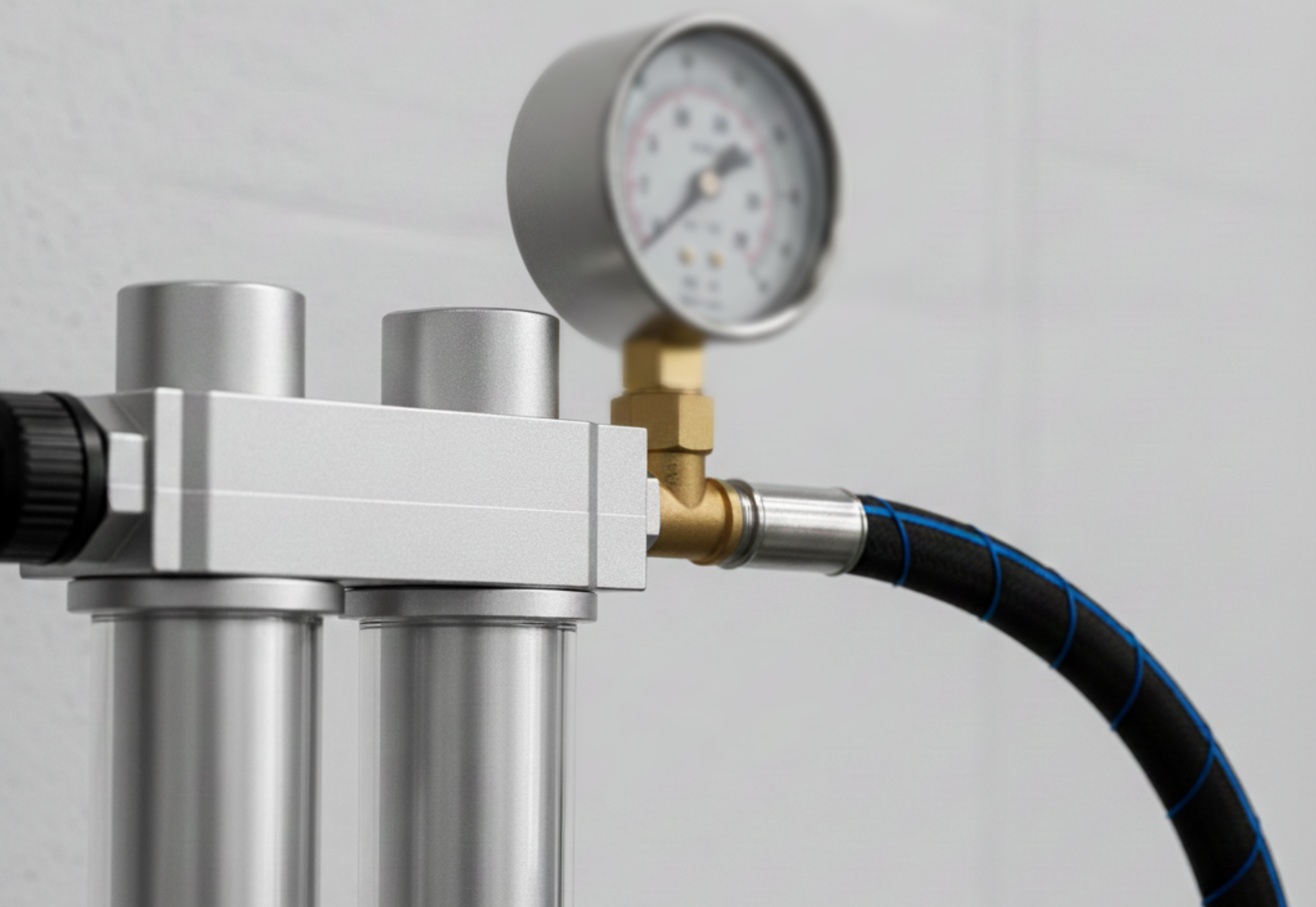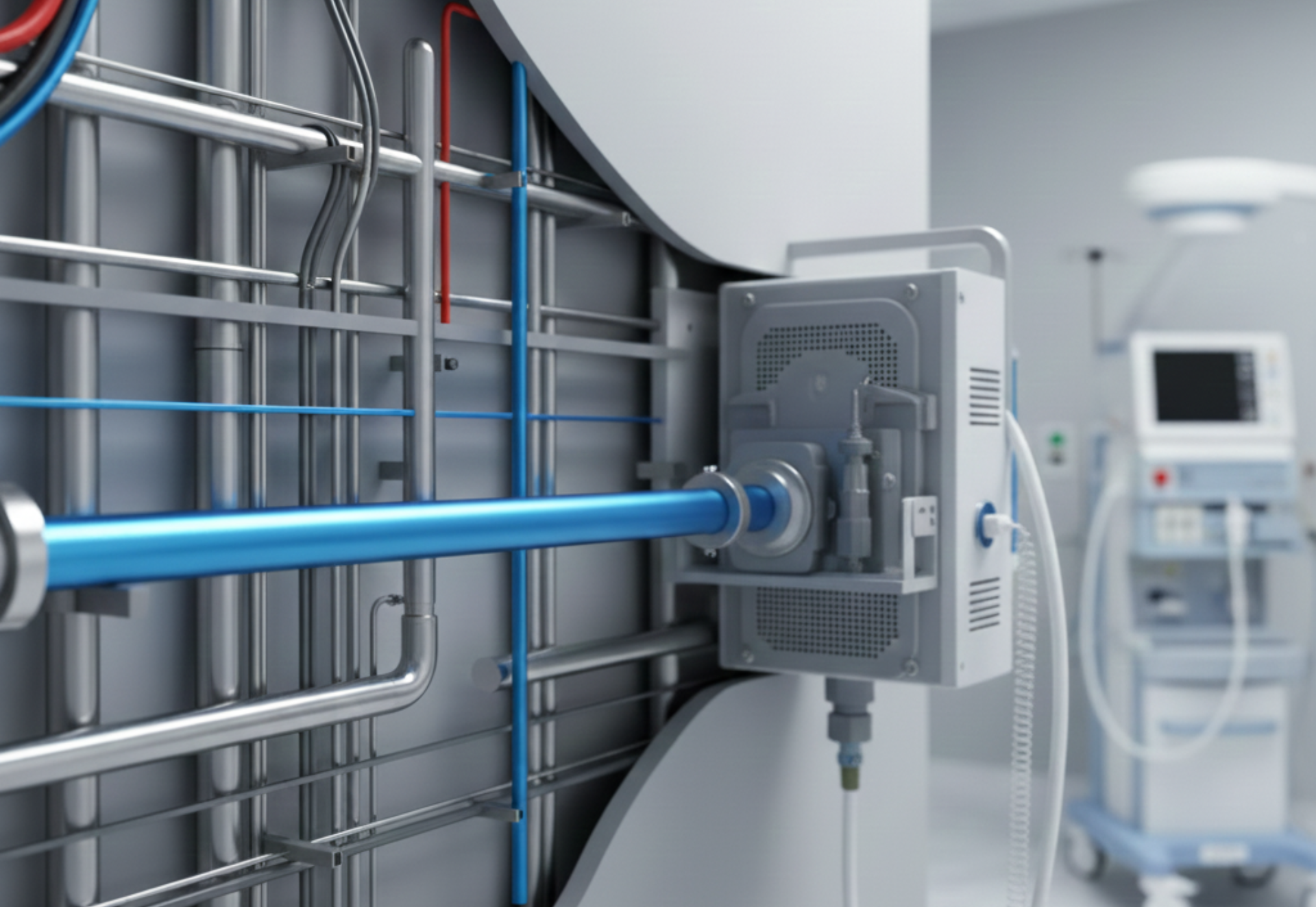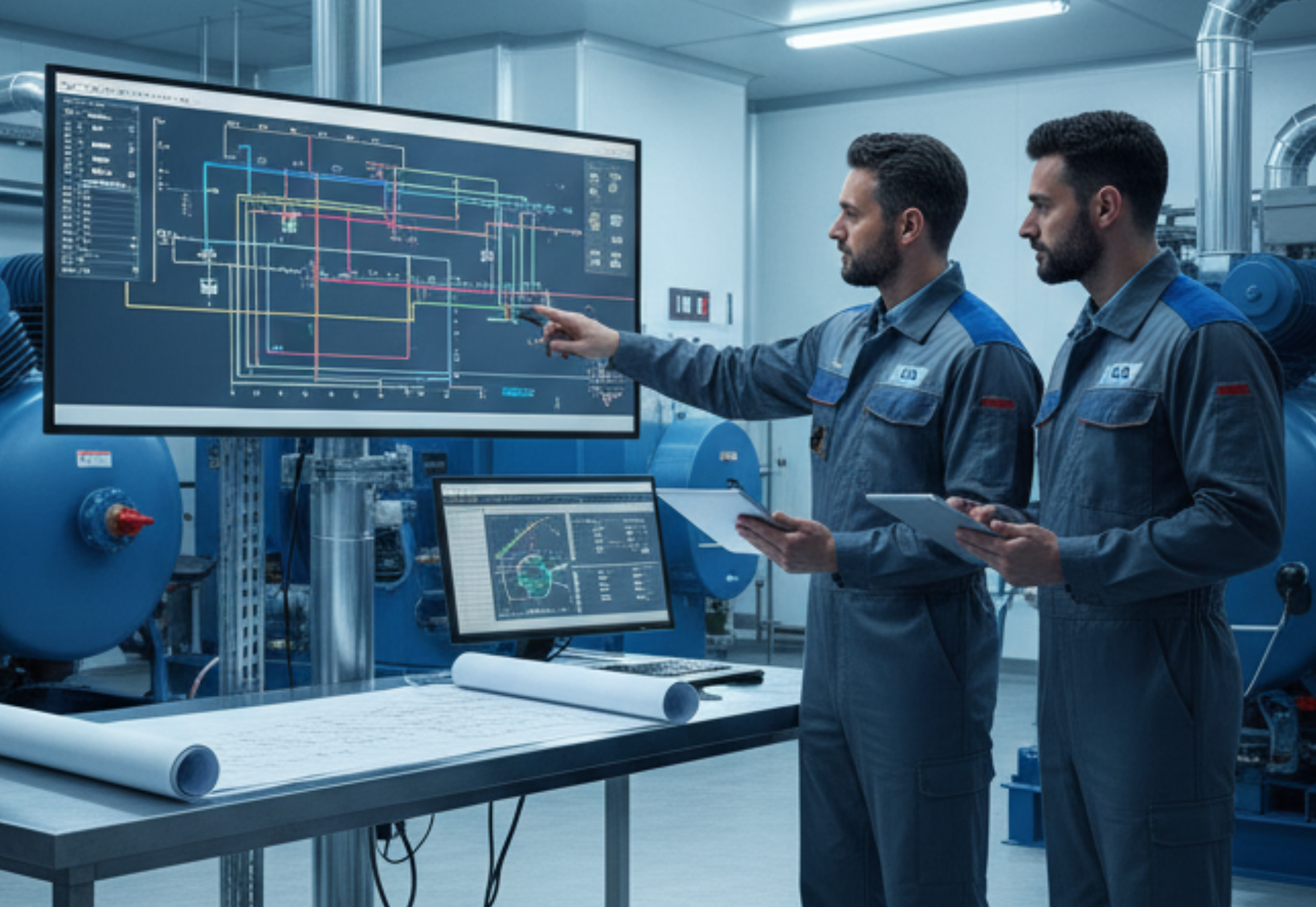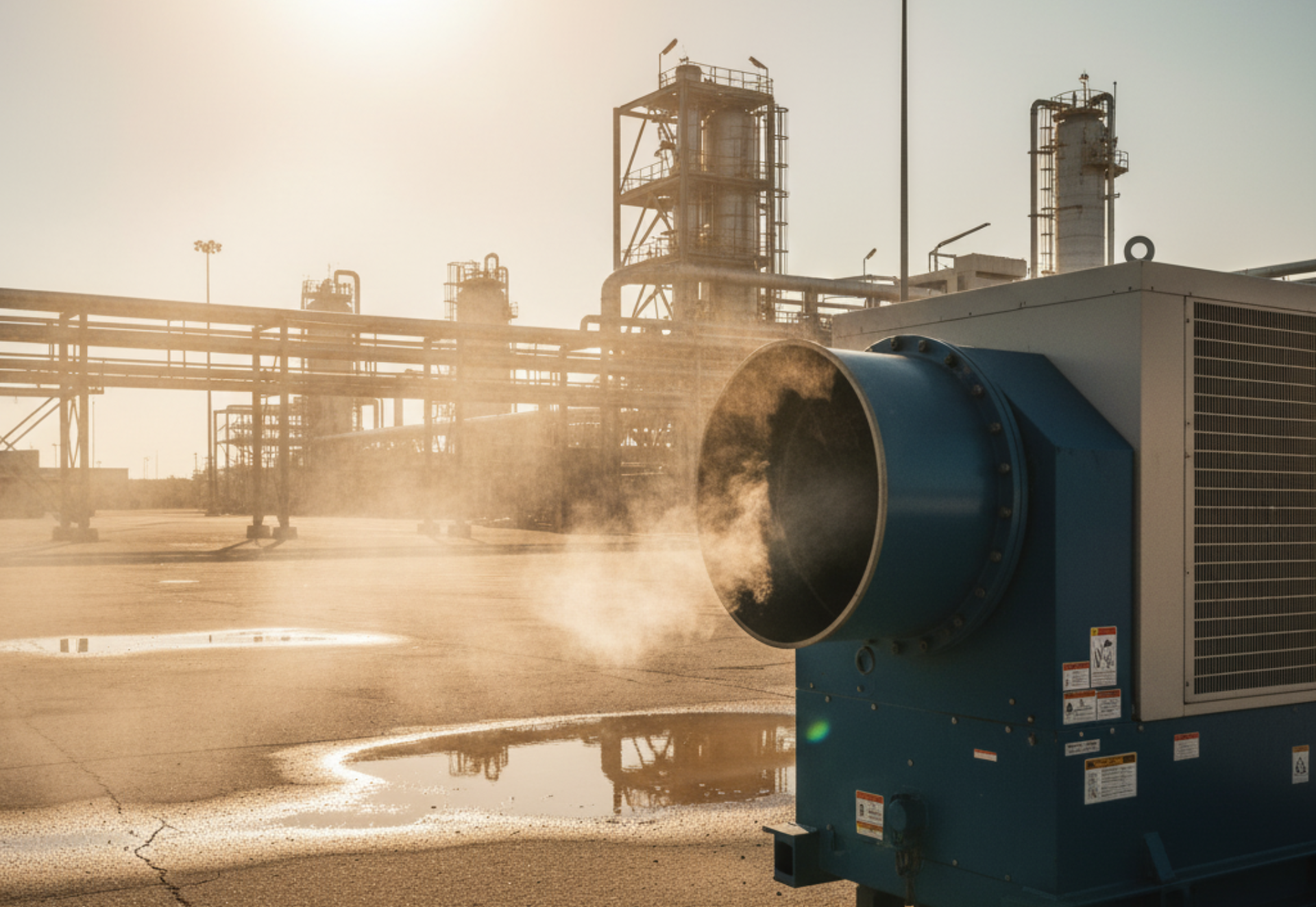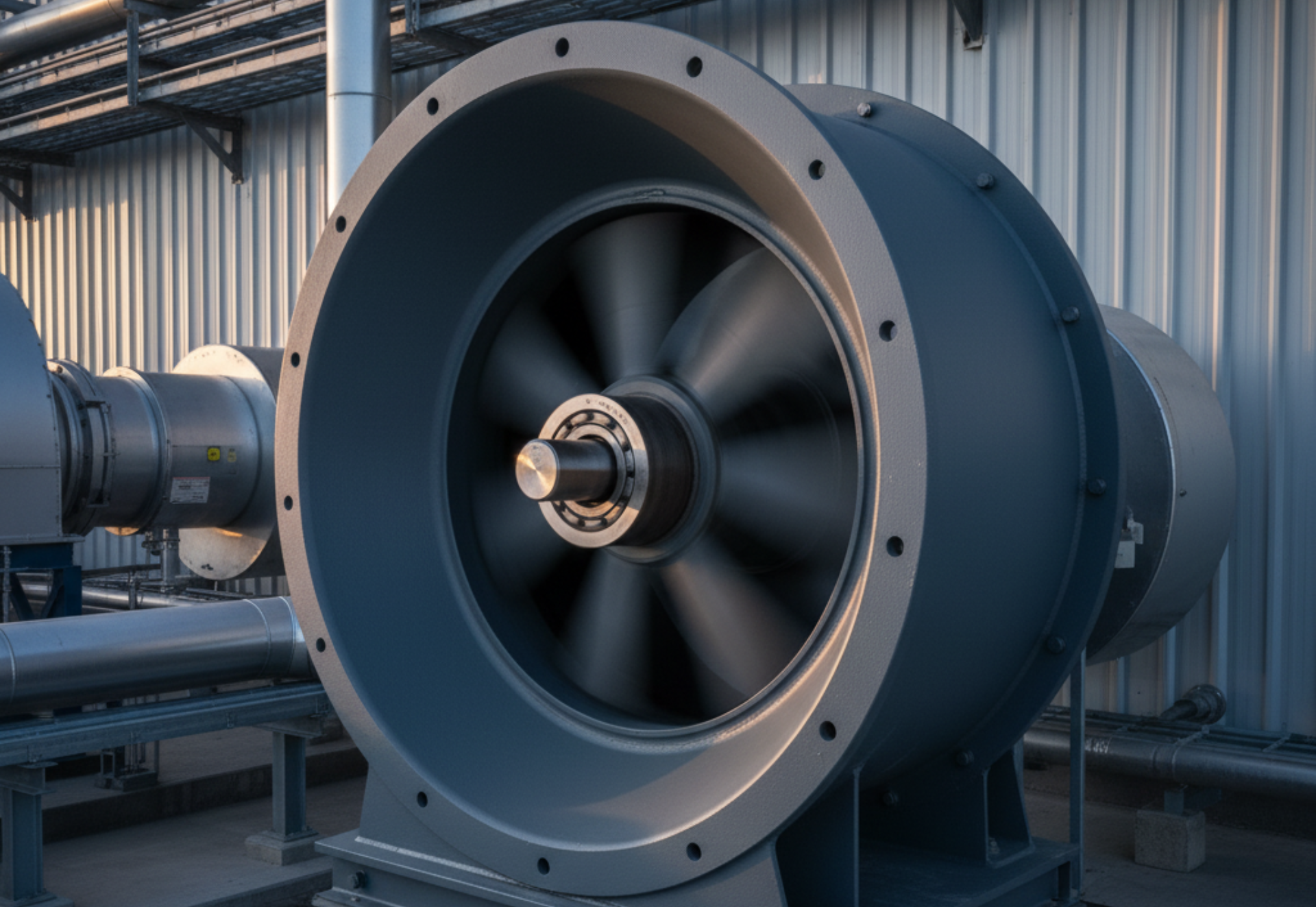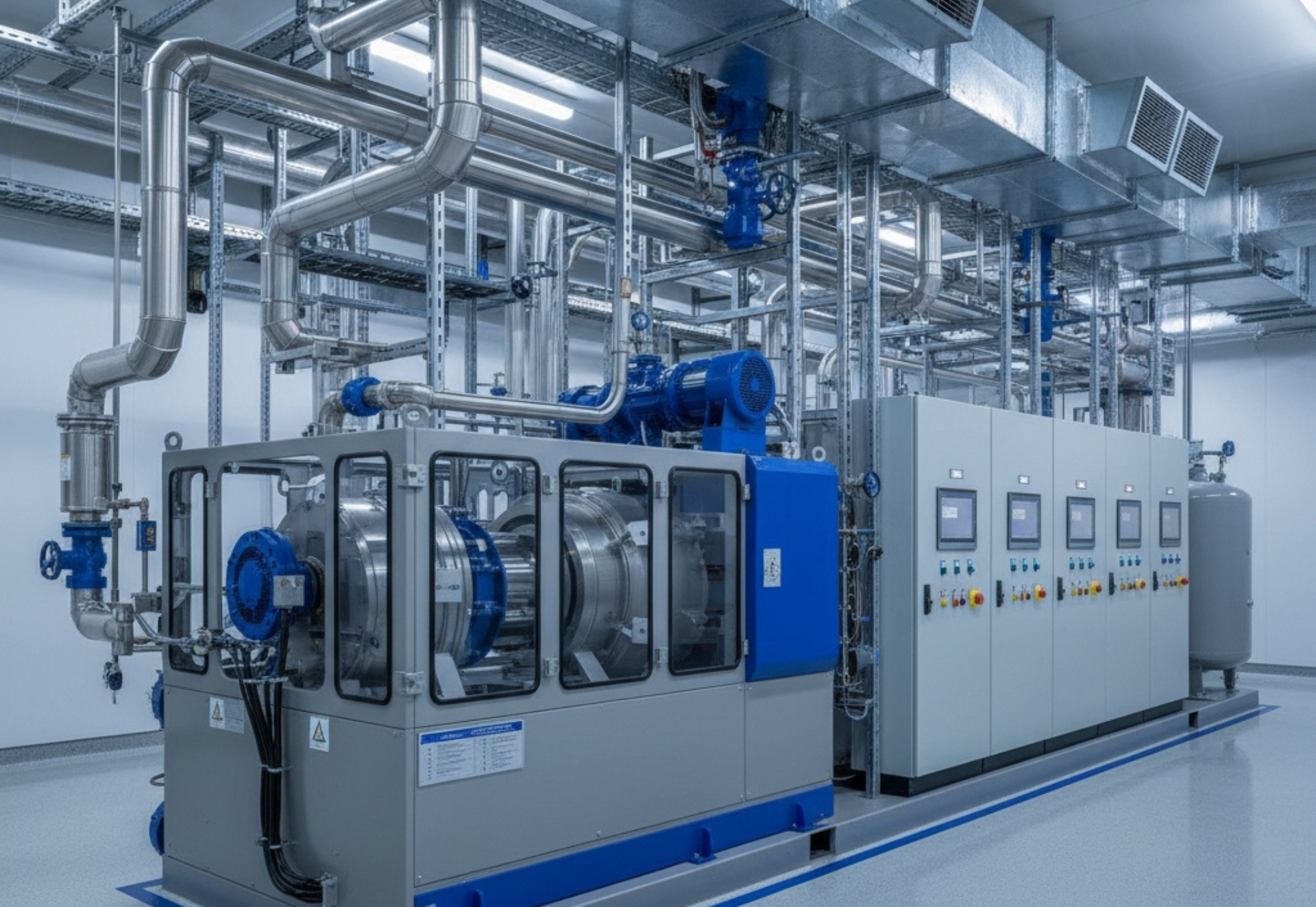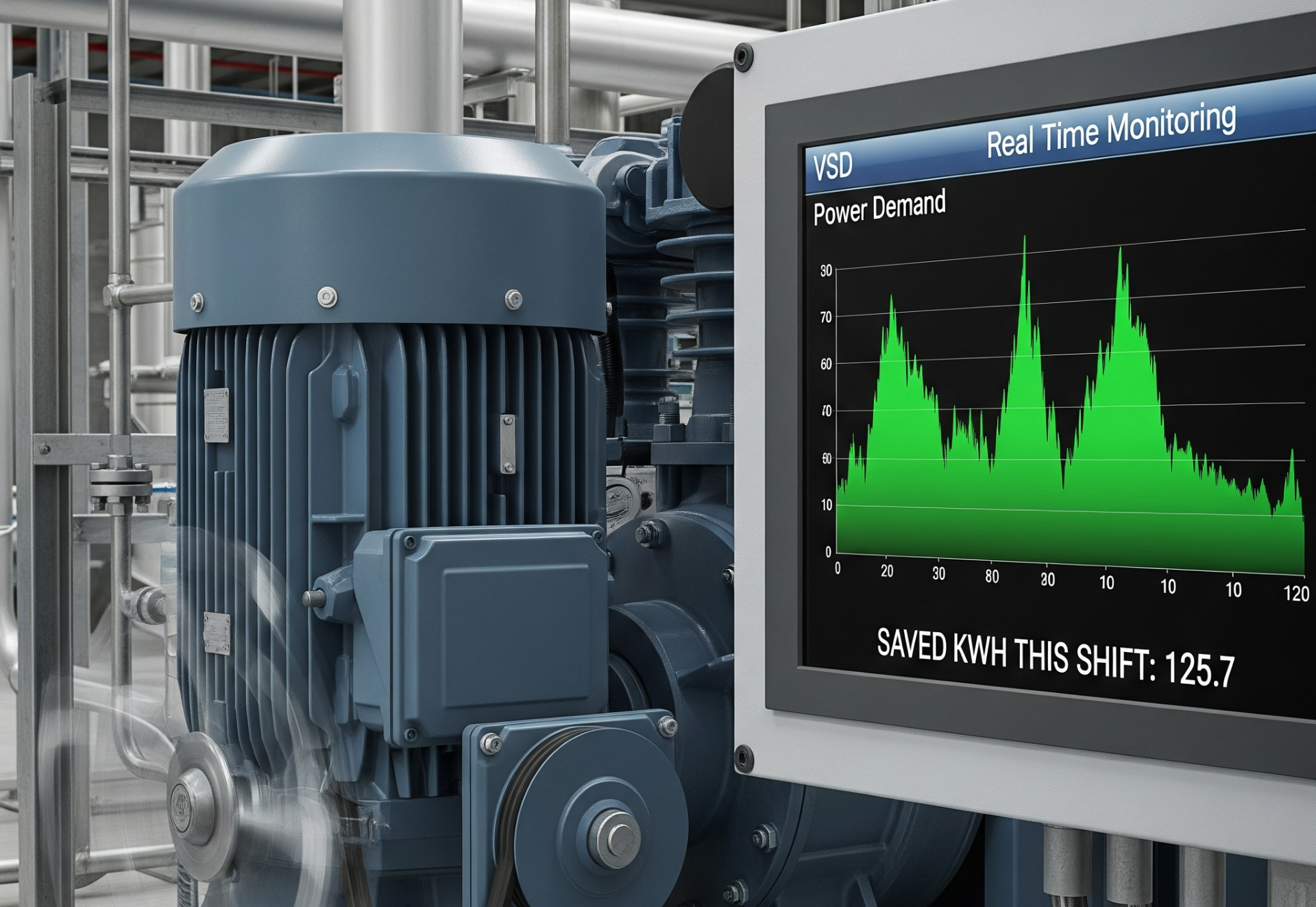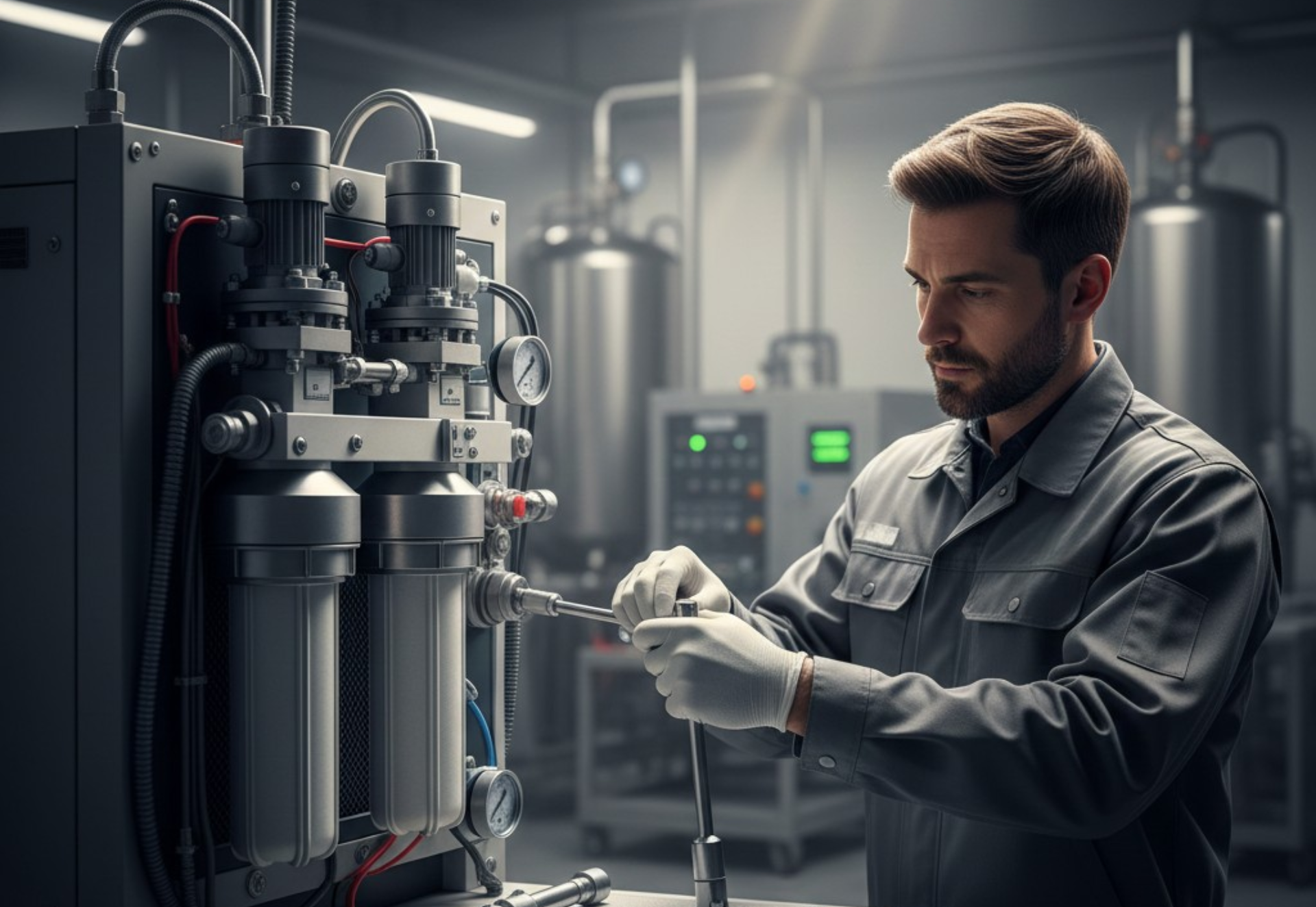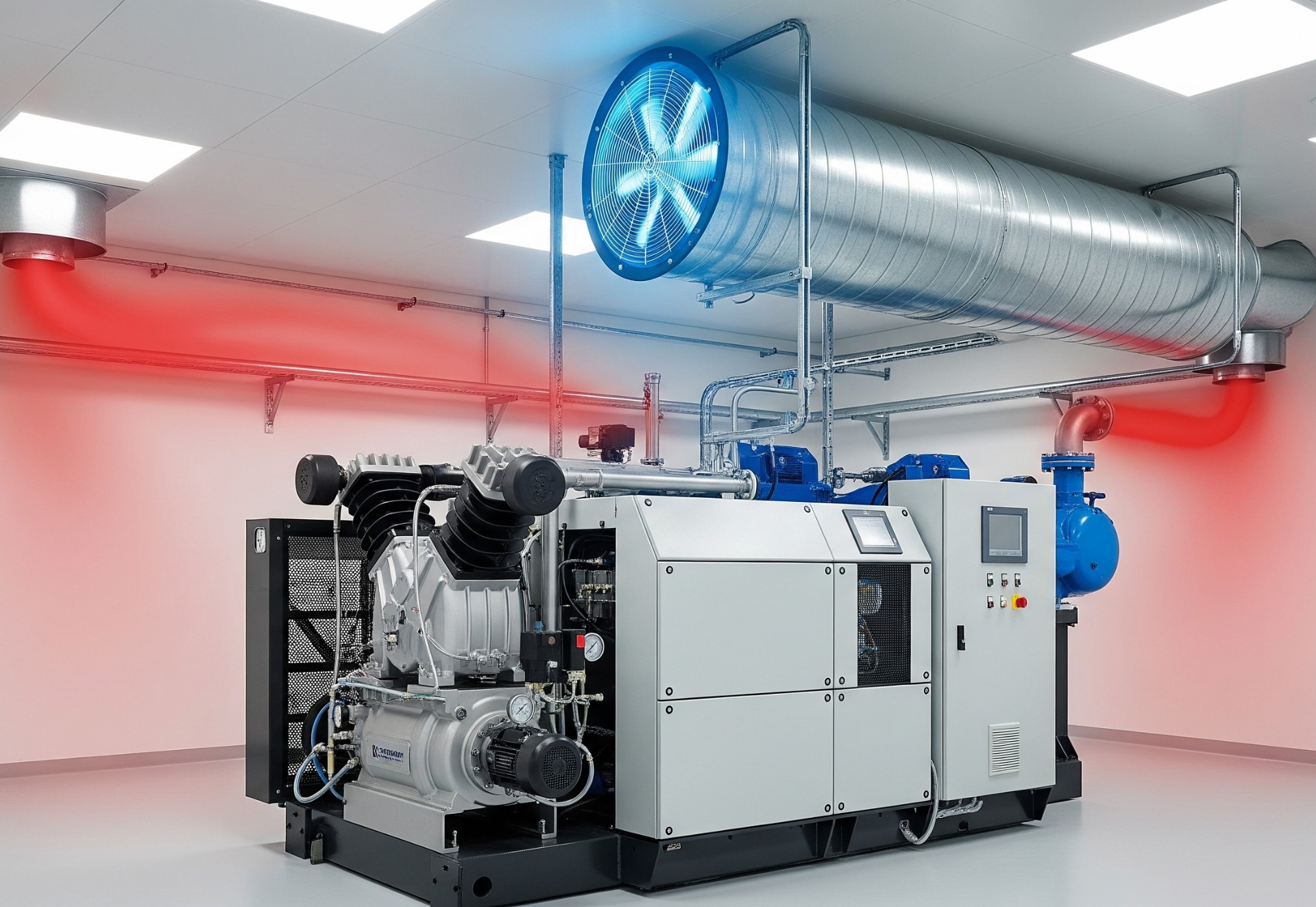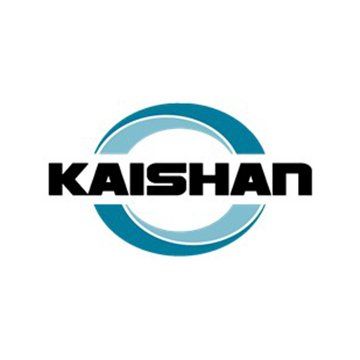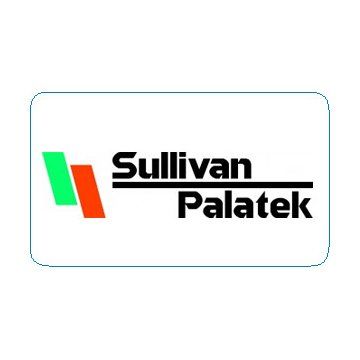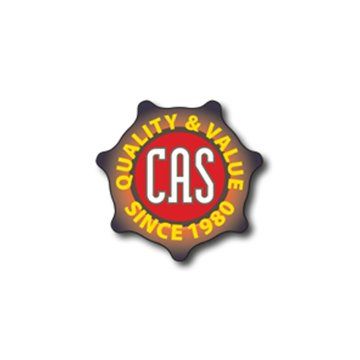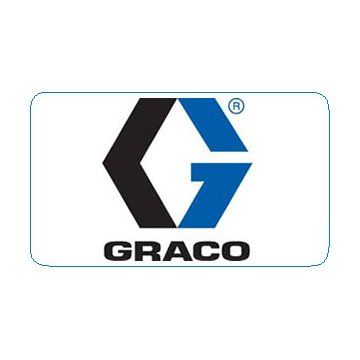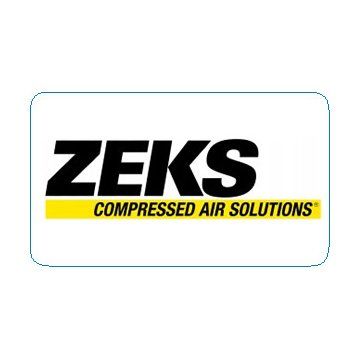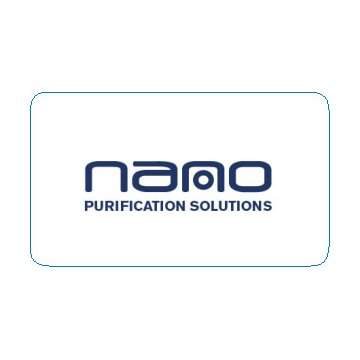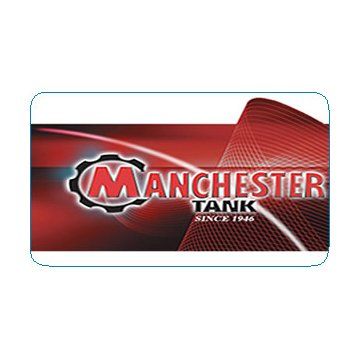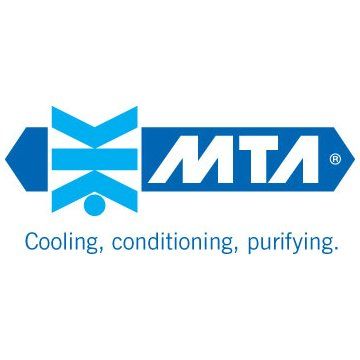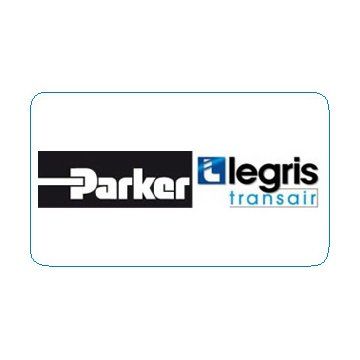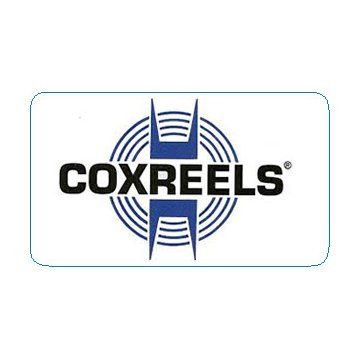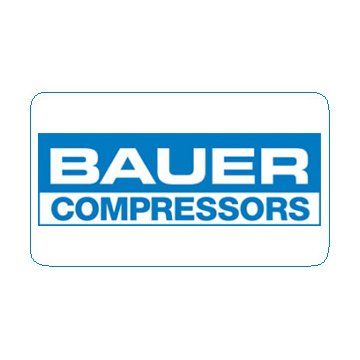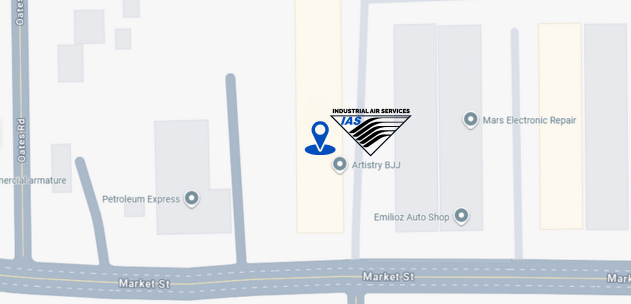Best Air Compressor Setup for Metal Workshops in Houston
Engineered for Power, Precision & Long-Term Reliability
Houston’s metalworking industry demands consistency — and your compressed air system is at the center of it. Every grinding, welding, cutting, polishing, and finishing step depends on clean, stable air. The right compressor setup doesn’t just support production; it determines your output quality, uptime, operating costs, and tool lifespan.
Compressed air can consume up to 30% of a facility’s total electricity, but optimized systems deliver 20–50% energy savings. That’s why selecting and engineering the correct setup is more than a purchase; it’s a long-term operational strategy.
Industrial Air Services Texas (IAS) specializes in designing complete compressed air systems for Houston metal workshops. With decades of technical expertise, we develop solutions that deliver consistent performance, minimize energy waste, and reduce downtime.
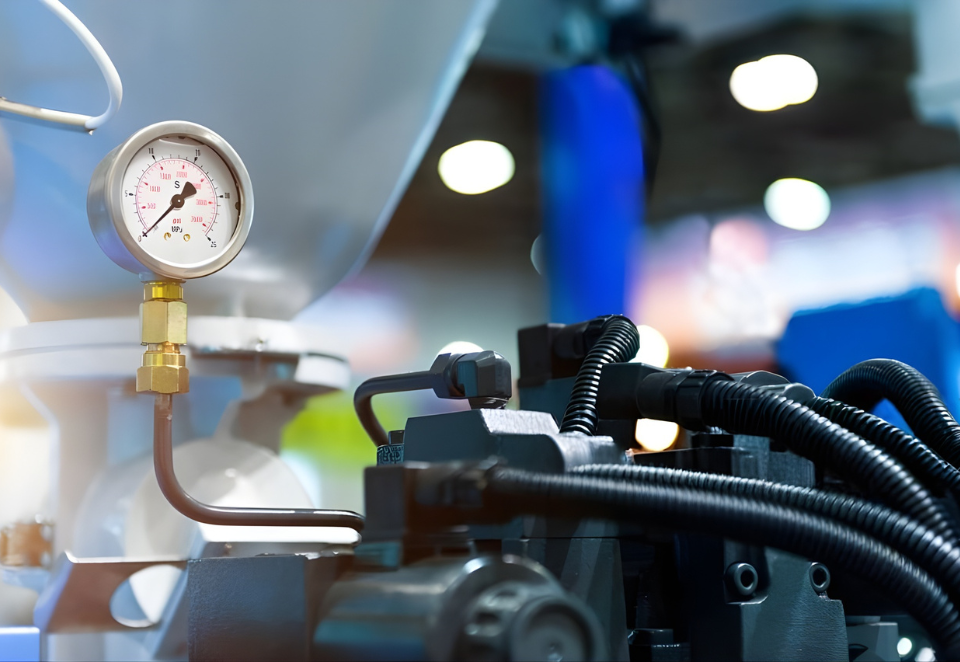
Why Your Air Compressor Setup Matters
A properly engineered system ensures your pneumatic tools perform the way they should. A poor setup leads to:
- Pressure drop during critical operations
- Increased electricity consumption
- Frequent cycling, overheating, and component failure
- Moisture and contamination in air lines
- Reduced tool accuracy and shortened lifespan
Matching CFM, PSI, duty cycle, and air treatment to your workflow keeps your shop operating at peak productivity.
Choosing the Right Air Compressor System
Below are the most important factors to consider when selecting or upgrading your metal workshop’s compressed air system.
1. Select the Correct Compressor Type
Rotary Screw Compressors
Ideal for workshops with continuous or heavy air demand.
Benefits:
- Steady airflow with minimal pressure fluctuation
- Engineered for 24/7 operation
- Higher efficiency and quieter performance
- Ideal for plasma cutters, grinders, CNC machines, polishers, and multi-tool environments
Piston (Reciprocating) Compressors
Suitable for small shops or intermittent use.
Benefits:
- Lower upfront cost
- Simple maintenance
- Available in single-stage and two-stage versions
Limitations:
- Not designed for continuous heavy-duty workflows
- Higher operating temperature
2. Choose the Right Tank Size
Your receiver tank stabilizes the entire system. The right size reduces cycling, helps maintain consistent pressure, and removes moisture naturally.
Advantages of a larger tank:
- More stable PSI during peak demand
- Longer compressor life due to fewer start/stop cycles
- Better moisture separation
- Smoother airflow to tools that require constant CFM
General guideline:
Match tank size to
peak,
not average, air consumption.
3. Install Proper Air Treatment
Houston’s climate makes air treatment essential. Moisture, oil, and particles can destroy pneumatic equipment and ruin finished parts.
Air Dryers
- Refrigerated Dryers: Best for most metal shops
- Desiccant Dryers: Required for ultra-dry air applications
Filters
A complete system typically includes:
- Particulate filters (dust, rust, scale)
- Coalescing filters (oil aerosols, fine moisture)
- Carbon filters (oil vapors and odors for high-sensitivity tasks)
Proper air treatment protects tools, prevents corrosion, and ensures consistent pressure at the point of use.
Energy Efficiency: Reduce Your Operating Costs
Compressed air is one of the most expensive utilities in any facility, but smart system design dramatically cuts waste.
Key savings opportunities:
- VSD compressors that match output to demand
- Proper system sizing
- Routine leak detection
- Smart controls for pressure management
- Heat recovery options for large shops
IAS designs systems using CAGI-aligned standards to maximize efficiency and lifespan.
How Houston’s Climate Impacts Your Air System
Houston’s heat and humidity accelerate moisture buildup inside air lines. Without proper drying and filtration, this causes:
- Rust and corrosion
- Water contamination in tools
- Poor tool performance
- Pressure instability
- Significant downtime
IAS-designed solutions for Houston:
- Refrigerated dryers for general fabrication
- Desiccant dryers for precision tasks
- Multi-stage filtration for contamination control
Our team designs systems specifically to handle Gulf Coast environmental conditions.
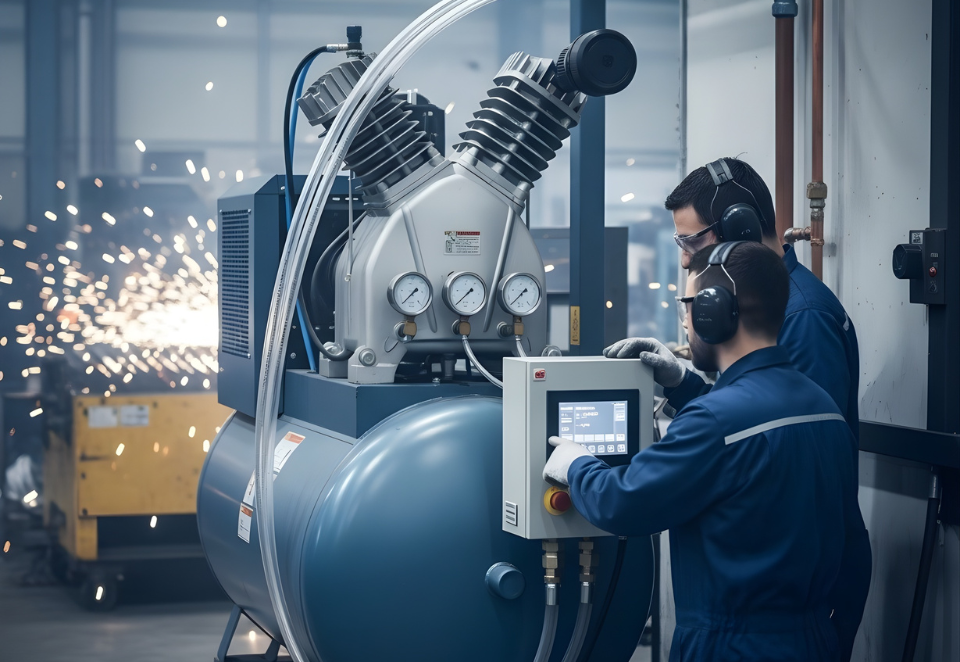
Best Practices for Air System Layout
A well-designed distribution system reduces pressure loss and improves tool performance.
Layout recommendations:
- Use looped piping for balanced pressure
- Keep runs short and direct
- Use properly sized aluminum or steel piping
- Add automatic drains at low points
- Place regulators and filters near point-of-use
IAS handles complete system design, installation, and optimization.
IAS Recommended Setup for Metal Workshops
Most small and mid-sized Houston metal shops perform best with:
- 15–30 HP rotary screw compressor
- 120–240 gallon receiver tank
- Refrigerated dryer + 2–3 stage filtration
- Smart control panel with pressure/flow monitoring
- Well-sized loop system for even air distribution
We build all systems around your tools, workflow, and energy requirements.
Frequently Asked Questions (FAQs)
1. Is it worth owning an air compressor?
Yes, owning your own air compressor gives you full control over pressure, airflow, and reliability. For metal workshops, it ensures consistent performance, reduced downtime, and long-term savings. IAS provides complete systems designed for durability and energy efficiency, giving you the highest ROI.
2. What tools can I use with an air compressor?
You can power a wide range of metalworking tools, including:
- Grinders
- Air hammers
- Plasma cutters
- Spray guns
- Sanders and polishers
- CNC automation support
- Impact wrenches and ratchets
IAS sizes your compressor based on the combined CFM demands of your specific tools and workflow.
3. What is important when buying an air compressor?
Focus on the following:
- CFM and PSI requirements of your tools
- Duty cycle and expected hours of use
- Energy efficiency (VSD options, proper sizing)
- Air treatment (dryer + filtration)
- Tank size appropriate for peak demand
- Professional installation and maintenance
IAS provides complete consultation, equipment selection, installation, and preventive service to ensure you get maximum performance and lifespan.
Optimize Your Workshop with a Custom IAS Air System
Industrial Air Services Texas builds industry-grade compressed air systems engineered for Houston’s demanding metalworking environment.
Request a Quote, and get a free on-site air system evaluation.
